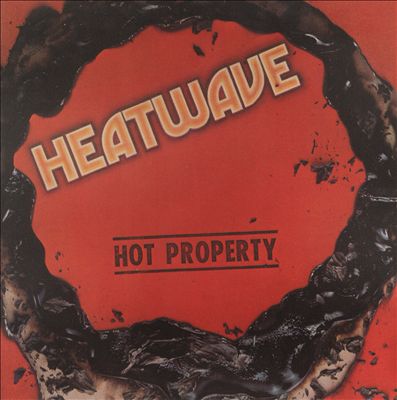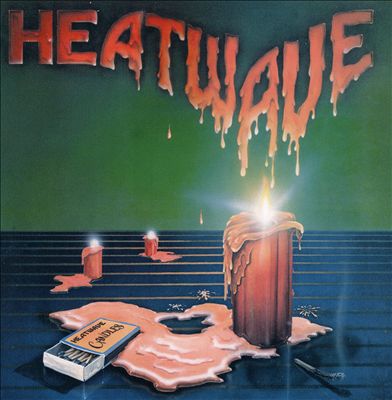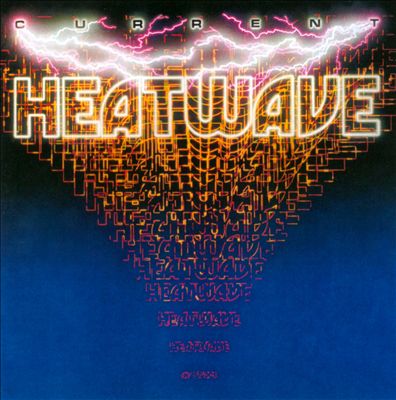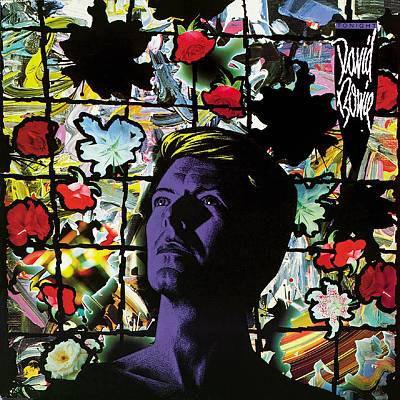The British singer-songwriter is back with his fourth studio album, “Heatwave”. What makes this album different from the rest?
The heatwave songs are a popular English pop band that was formed in the 1980s. They have released three albums, one of which reached number 1 on the UK Albums Chart.
Heatwave developed as one of the disco era’s funkiest dance groups, completely cosmopolitan with plenty of foreign rhythms. When American serviceman brothers Johnnie and Keith Wilder first started performing, they were stationed in Germany, and after their release from the Army, they remained there. While still enlisted, the duo performed in clubs and pubs with a variety of bands. They were, however, always seeking to broaden their horizons, and in the middle of the year, they moved to the United Kingdom to work with songwriter/keyboardist Rod Temperton.
With the inclusion of Spanish bassist Mario Mantese, Czechoslovakian drummer Emest Berger, and American guitarists Jesse Whittens and Eric Johns, the embryonic Heatwave rapidly came together. With so many musical origins between them, it was only inevitable that they created a complex sound quickly, an advantage that Temperton would exploit to propel Heatwave ahead of its competitors.
Heatwave defined and refined their music by jamming and traveling the London club scene nonstop, rejecting pure disco rhythms in favor of a sound that retained that aspect but blended it with a deep funk groove. In the autumn of 1976, the band signed to the UK label GTO (Epic in the US) and started working on their debut album. They worked in the studio with GTO house producer/session guitarist Barry Blue, who had a series of success songs in the early 1970s, including “Dancing on a Saturday Night” and “Do You Wanna Dance.”
Whittens was assassinated before the band had even reached the studio, putting the recording efforts in jeopardy. He was replaced by rhythm guitarist Roy Carter, and the band released two singles, “Ain’t No Half Steppin’” and “Super Soul Sister,” before the end of 1976, followed by the epic “Boogie Nights” in January 1977.




Despite its excellent blend of ballads, soul scorchers, and classic funk rhythms, Temperton’s album, which was released in May 1979 and included nine of the 10 songs written by him, surprisingly floundered, eventually lingering just inside the US Top 40. “Therm Warfare,” “Razzle Dazzle,” “One Night Tan,” and “Eyeballin’,” among the album’s singles, all failed to chart, with only the latter making the R&B Top 30.
Heatwave suffered yet another setback when Carter departed to pursue his own career as a producer, eventually finding great success with Linx in the early 1980s. He was replaced by keyboardist Keith Harrison, but just as it seemed like the band was getting back on track, founder Johnnie Wilder was killed in a vehicle accident. He was paralyzed from the neck down after the accident, despite the fact that he lived.

Heatwave’s star appeared to be fading when their November song “Gangsters of the Groove” became their last mainstream success, peaking at number 21 in the United States and an unexpectedly high number 20 in the United Kingdom early in the new year. However, the album only reached number 71 in the United States in December 1980, bringing a turbulent period to a dismal end. The next year, two more songs, “Jitterbuggin’” and “Where Did I Go Wrong,” charted, but “Posin’ til Closin’” and “Turn Around” did even worse.


The Wilder brothers reappeared in 1989 with the album Sound of Soul on Blatent, after being silent since early 1983. My Goals, a solo spiritual album by Johnnie Wilder, was released on Light the next year. Heatwave was revived in 1991, when a remix version of their “Mind Blowing Decisions” hit in the United Kingdom, and Keith Wilder re-formed the band by the middle of the decade. The resurrected Heatwave, which included bassist Dave Williamson, keyboardists Kevin Sutherland and Byron Byrd, and guitarist Bill Jones, embarked on an American tour in 1997, accompanied by a live CD, Live at the Greek Theater. Heatwave fans were also treated to a new extended club remix of “Boogie Nights” in 2002, which was a long-time favorite of the vintage dance circuit.
The what happened to the lead singer of heatwave is a question that has been posed. Heatwave was a band that was active in the 1980s and 1990s, and they had a lead singer named Rod Temperton. He passed away in 2009.
Frequently Asked Questions
What happened to the original members of Heatwave?
The original members of Heatwave, Richard Blade and Rick James, have been replaced by new members.
Where did the group Heatwave come from?
Heatwave was originally a group of Jamaican musicians, but they are now more known for their hit songs.
Who are the original members of Heatwave?
The original members of Heatwave are Johnny JT Thomas, Robert Bobby Gresham, and Tony Thompson.
Related Tags
- heatwave disco song
- heatwave boogie nights
- who died in the group heatwave?
- heatwave always and forever
- heatwave song lyrics
